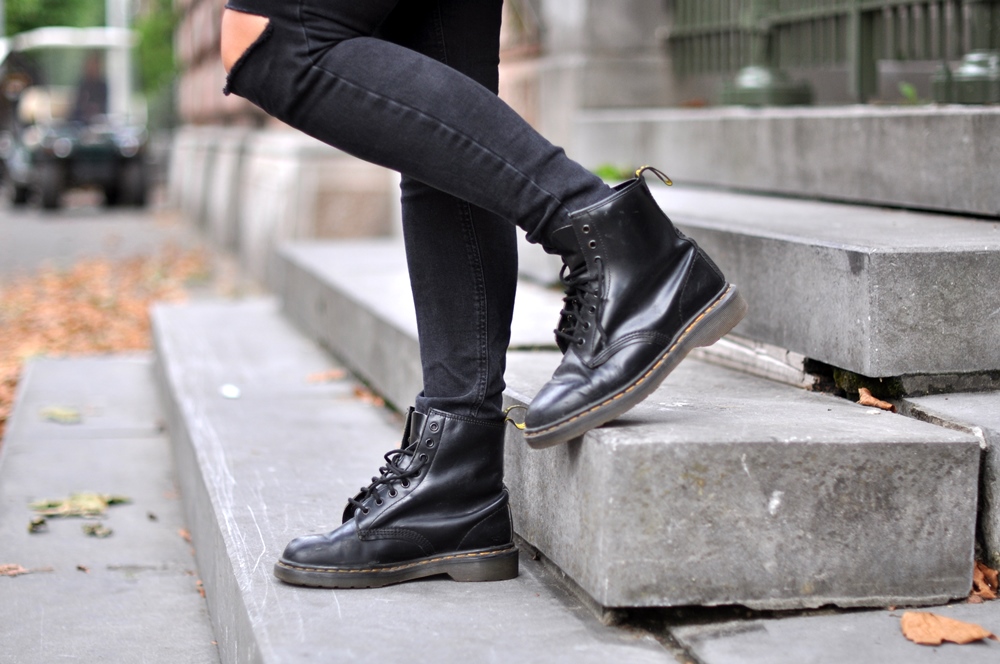A lot of us may enjoy a nice glass of wine from time to time but few people can actually appreciate, determine or understand what they are drinking, its characteristics or the range of flavours that are coming from each unique blend.
Taking tips from top sommeliers, the experts at Mulkerns Wines have put together some simple and effective steps that you can use to improve your wine palette and sharpen your ability to taste and evaluate wine just like an expert.
The Right Tasting Conditions
This first step involves the proper preparation and setting the right conditions in which to enjoy your wine. This can include things such as;
- Ensuring your wine glass is clean and free from dust
- Don’t use a room that has strong smells like perfume or cooking odours
- Make sure the wine is at the right temperature
Sight And Appearance
Examine the wine in the glass under neutral lighting to check the colour, viscosity and opacity which is also referred to as ‘wine legs’. This step should only take about 5 seconds, tilting the glass slightly at an angle to see how intense the colour is.
- Paler, watery or colourless edges tend to be lighter wines.
- Those that are vibrant and ruby in colour may indicate a wine that is younger and contains vibrant red fruits.
- A deep, garnet red might signify something older.
- If it is brown or orange in colour then it may have oxidised, indicating that it is faulty or corked.
Nose And Smell
Using a technique known as ‘orthonasal olfaction’ you simply swirl the wine in the glass for around 10 seconds and proceed to gentle poke your nose into the glass to gently inhale the aromas. It is then up to you to determine what it is you can smell, some of which might include;
- Fruits – Dark fruits, orchard fruits, citrus fruits, stone fruits, tropical fruits.
- Flowers – Elderflower, violets or honeysuckle.
- Spices – Cinnamon, cloves, pepper, vanilla and nutmeg.
- Rich – Toasty notes like coffee, chocolate, brioche, walnuts, smoke and caramel.
- Unpleasant smells – If you can smell vinegar or mould then it could mean there is a problem with the wine.
Taste And Palate
Take small sips of the wine, allowing a little air to enter your mouth at the same time to help accentuate the flavours and let it linger on your tongue before you choose to spit it out or swallow it.
Things You Might Discern From The Taste:
- Does the wine warm the mouth? This could be a sign that it is from a warmer climate, naturally high in alcohol or fortified.
- Does the mouth dry after tasting? Tannins come from 2 places – the grape skin and seeds and oak ageing, both of which create that distinct sensation in wine.
- Is it fresh or more acidic? Is it smooth or does it make your mouth water? Acidity can be a marker of which grape variety is used and also that it is from a cooler climate.
- Is it full bodied with a thick feeling in the mouth or is it more like water? These tend to be wines from warmer climates or those that are sweeter, higher in alcohol or oak aged.
- How long did the wines flavour impression last for? The finish of a wine is important and taking the time to note if it lasted several seconds, or persisted long after and was the remaining impression a pleasant one?
Conclusion
As you follow the steps more often when drinking wine, you will naturally become more adept at recognising certain qualities and characteristics. Overtime this will lead to an increased confidence in not only being able to recognise the properties of wines without even looking at the bottle, but defining your individual tastes and preferences.





























